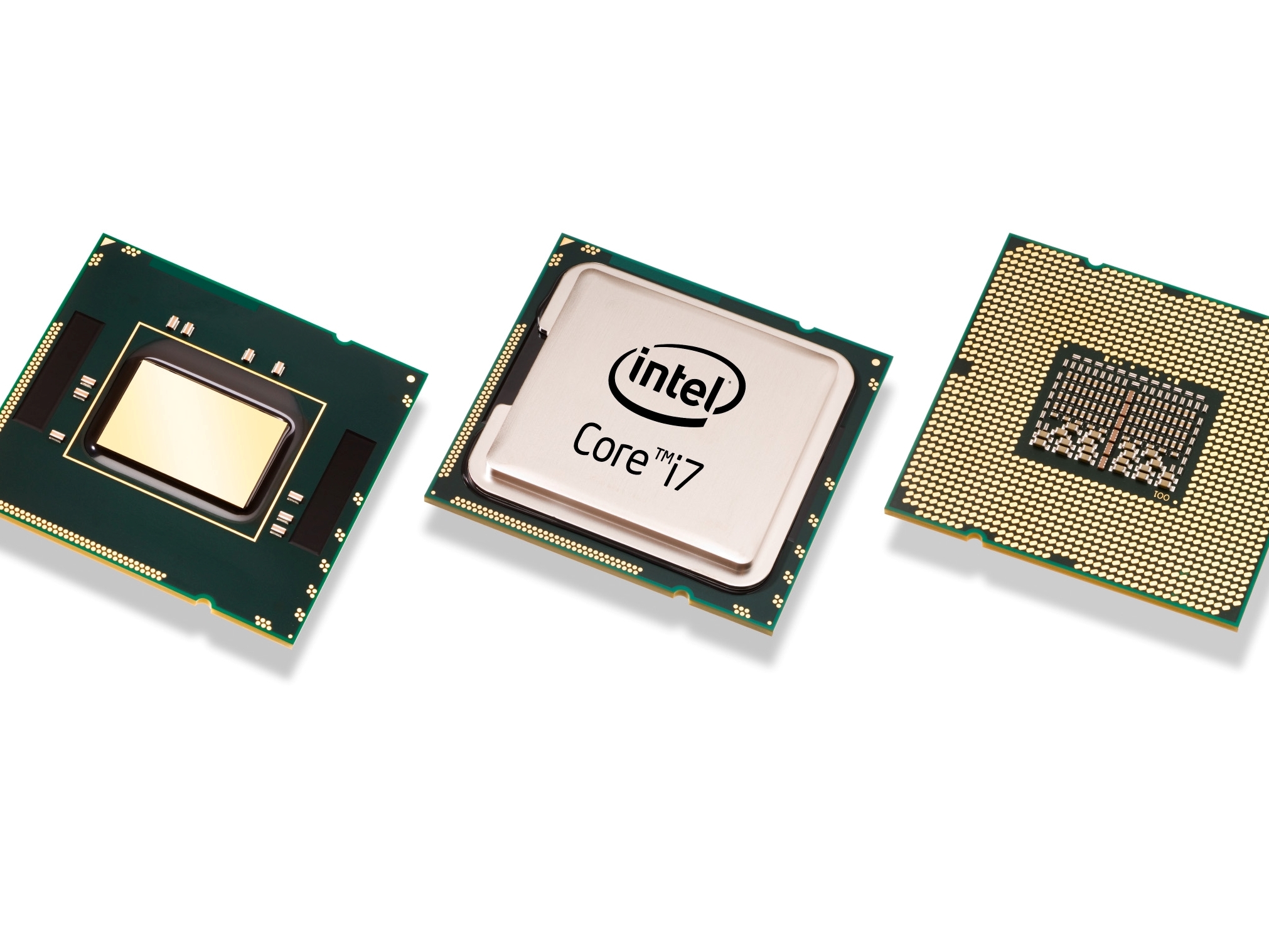How to overclock the Core i7
Tweaking the performance of Intel's new chip architecture

Forget all the digital double talk about on-die memory controllers and packet-based data links. What happens when you clock the bejesus out of Core i7? That's what you really want to know. So our colleagues at PC Format magazine decided to find out.
The first thing you'll find out when overclocking Intel's new killer is that it's a whole lot more complicated than before. With the outgoing Core 2 chips, at most you had two options for overclocking. Either you ramped up both the northbridge and CPU together by overclocking the front side bus or, if you were lucky enough to own an Extreme model, you could simply bump up the unlocked multiplier.
But with Core i7, there's potentially a lot more to factor in. Firstly, you have the option of adjusting the overall base clock, which runs at 133MHz. This is equivalent to bus overclocks on Core 2 processors. In other words, the entire chip's frequency is increased, including the on-die memory controller, which can cause instability problems of its own.
Does it run hotter?
Where things start to get tricky is the way Turbo Mode gives you access to individual multiplier settings for each core on the Extreme chip. You can set the maximum multiplier setting for each core depending on load, allowing you to tune performance for one, two, three and four core performance. What's more, the Extreme model also gives you access to the chip's thermal and electrical current limiters. Add in all the usual voltage and timing parameters and you have a whole lot of variables to make a mess of.
Of course, the really great thing about the last of the Core 2 processors is the ease with which they hit really high clockspeeds. No dabbling with voltages or anything scary like that. A strategically shaved chimp could squeeze an extra 1GHz out of most Core 2s. Sadly, that's not the case with Core i7. 3.7GHz was the best we could manage with 3.2GHz 965 Extreme model on stock voltages. We also have a feeling that Core i7 runs quite a bit hotter than Core 2, though we have yet to successfully poll operating temperatures due to a lack of supporting software.
That said, the 2.66GHz 920 chip hit a creditable 3.4GHz which is enough to have us wondering whether the 965 can possibly be worth five times as much. That said, the 965 is capable of 4GHz if you get down and dirty with voltage settings. Let's also not forget that Core i7 is a brand new architecture. As Intel refines the production process, we've little doubt a lot more headroom will be unlocked.
Get daily insight, inspiration and deals in your inbox
Sign up for breaking news, reviews, opinion, top tech deals, and more.
Technology and cars. Increasingly the twain shall meet. Which is handy, because Jeremy (Twitter) is addicted to both. Long-time tech journalist, former editor of iCar magazine and incumbent car guru for T3 magazine, Jeremy reckons in-car technology is about to go thermonuclear. No, not exploding cars. That would be silly. And dangerous. But rather an explosive period of unprecedented innovation. Enjoy the ride.